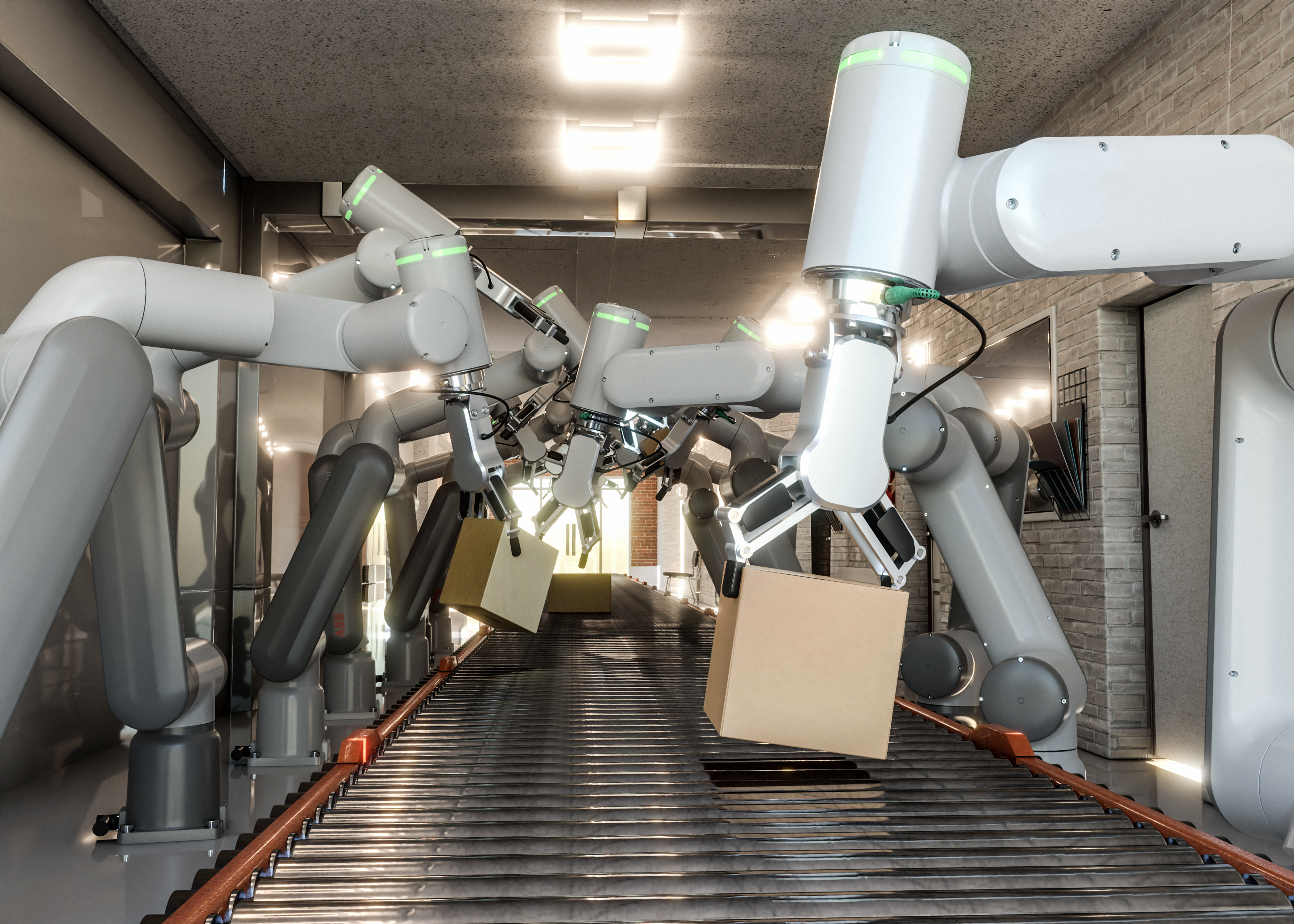Automation in Textile Production
Automation in the textile industry has driven a revolution in the way production processes are managed. Previously, many operations were performed manually, resulting in slower and error-prone production. With the introduction of automated systems, efficiency and precision have been optimized at each stage of the manufacturing process.
Machinery and Automated Equipment
Today, textile factories have highly automated machinery that can perform complex tasks quickly and accurately. From spinning and weaving to cutting and sewing, these machines have streamlined production, reducing manufacturing times and improving the quality of textile products. In addition, their supervision and control has been simplified through digital systems that allow processes to be monitored and adjusted in real time, maximizing efficiency.
Logistics and Storage Systems
Automation has also extended to logistics and storage management in the textile industry. Robotic systems are used to organize and move products in warehouses efficiently, streamlining distribution processes and reducing human errors in inventory handling. Likewise, automated tracking systems allow more precise control of the supply chain, improving inventory management and timely delivery of products.
Robotics in Textile Production
Robotics has played a fundamental role in the modernization of the textile industry, providing advanced solutions for various stages of the production process. Textile robots, designed specifically for this industry, are transforming the way key tasks are tackled, improving productivity, quality and workplace safety.
Automation of Specific Tasks
Textile robots can perform a wide range of specialized tasks, such as part assembly, fabric manipulation, precise cutting and sewing. These robots, equipped with advanced sensors and vision systems, are capable of working collaboratively with human workers, streamlining the manufacturing process and ensuring greater precision in the execution of tasks.
Innovation in Design and Prototyping
Robotics has also impacted the design and development of textile products. Robots are capable of rapid and accurate prototyping, allowing designers to experiment with different designs and materials efficiently. This rapid prototyping capability drives innovation and creativity in the textile industry, resulting in more attractive and functional final products.
Efficiency, Quality and Sustainability
The combination of automation and robotics in textile production has led to significant improvements in efficiency and product quality, as well as a more sustainable approach to manufacturing. Process optimization has reduced material and energy waste, contributing to the preservation of the environment. In addition, greater efficiency in production has allowed a faster response to market demands, improving the textile industry's ability to adapt to changes in consumer preferences.
In conclusion, the incorporation of automation and robotics in the textile industry has proven to be a crucial advance to achieve the desired efficiency, quality and sustainability. These technologies continue to evolve and promise to continue transforming the way textiles are produced and distributed, marking an exciting and promising future for the global textile industry.



Follow Us